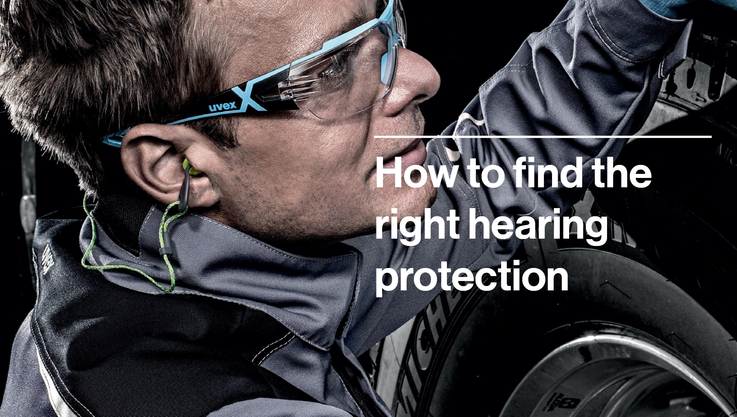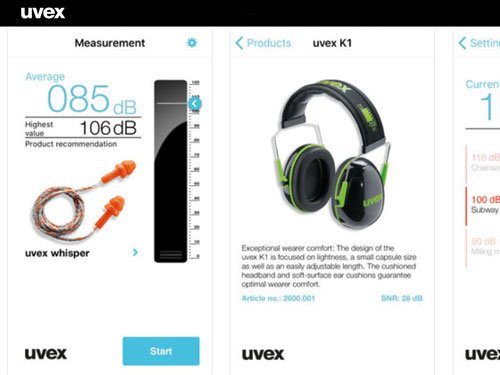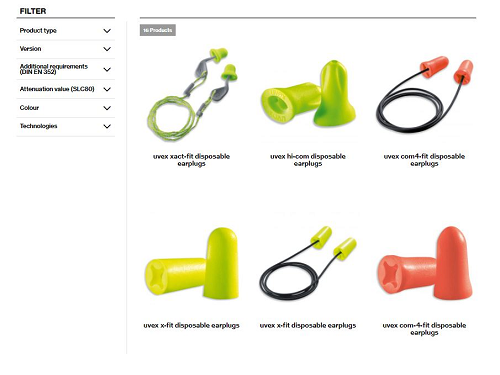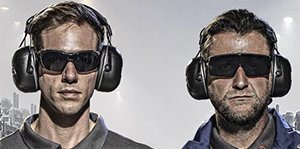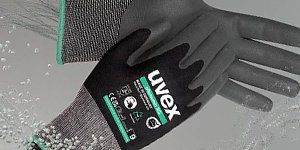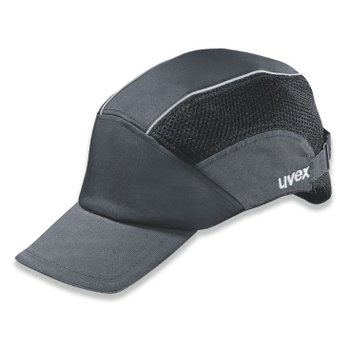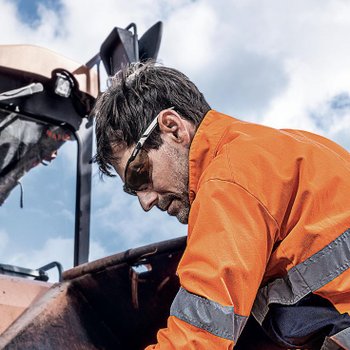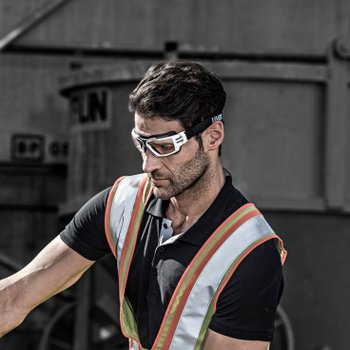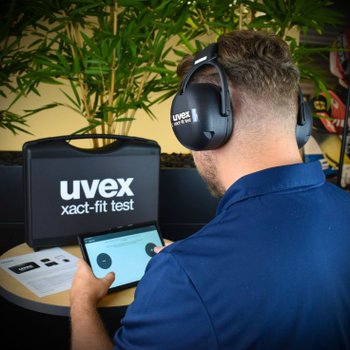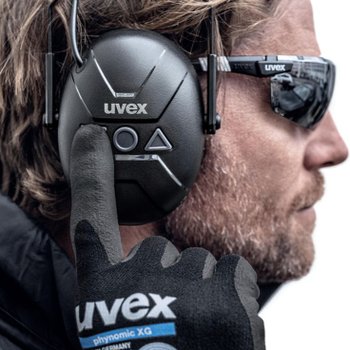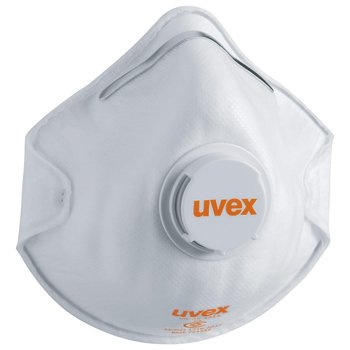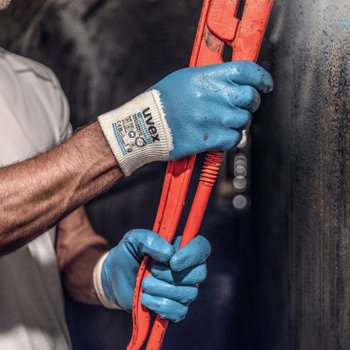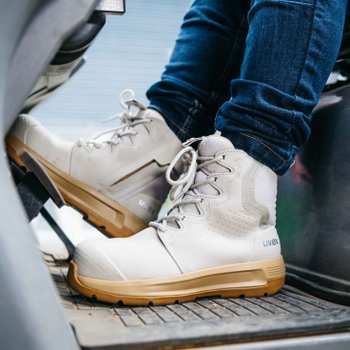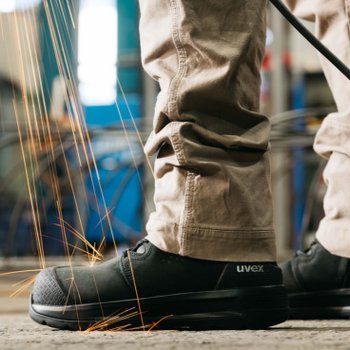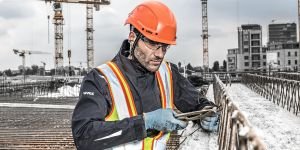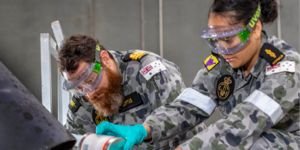Overprotection can lead to workplace accidents
While you want to protect your hearing, you don’t want to overprotect it. Overprotection with your hearing protection means that you’re getting more protection than you need or is required – and more isn’t always better.
The thing is – you might be overprotecting without even knowing it. When earplugs came out in the 1970s, hazardous noise level norms in the workplace were much louder than they are today, requiring higher attenuations of protection.
Fast forward to today’s work environment. Newer machines, facilities, and processes combined with engineering and administrative controls have caused noise pollution to decrease considerably. Not only that, but more modern hearing protection devices with wider ranges of protective options are available to better accommodate various occupational noise hazards. Yet, many people are still using too-high, static-rated protection. Could this be you? If so, what does this mean for you in the workplace?

Consequences of overprotection
Here’s why you don’t want to overprotect your ears at work: If you can’t hear anything, that means you’re also unable to hear a coworker trying to talk to you – or the sound of potential harm nearby.
The target level of sound to hear safely is between 70-80 decibels (dB), with safe speech perception at 65 dB. If you pick an earplug that overprotects at a higher attenuation than what’s needed for your work environment, you’re more prone to take your protection out of your ears to hear your coworker talking to you.
And taking out your hearing protection for any amount of time during your shift – even for five minutes – is problematic, especially in the long term. Not only does this compromise your workplace compliance, but you're not getting the full protection needed to stay safe at certain noise levels. You could even potentially be negating protection for the entire day – opening yourself up to serious hearing damage and subsequent issues if the habit continues over time.
The biggest hazard you face with overprotection, though, is not in the long term but the short – and that’s not being able to hear the sound of danger coming your way. Failure to hear warning signs such as the sound of an alarm system, machinery failing, or shouting could put you in real danger. Think about not being able to hear a large, motorized machine coming your way if your back was turned, as in the example below.
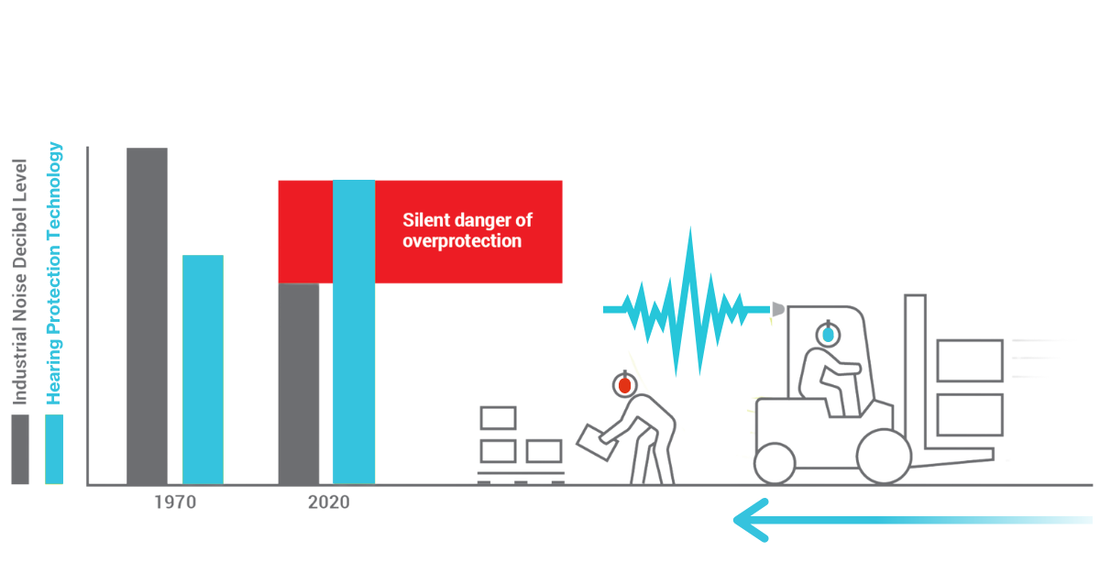
- Difficulties in communication, hearing conversation, warning signals and other acoustic communication will be more difficult to hear. It may also produce feeling of isolation
- Discomfort – often earmuffs with a high SLC80 rating will be heavier and have a higher clamping force, thus will be more uncomfortable to wear, hence rejection or minimal wearing by the worker is likely
How much protection do you really need?
When choosing your hearing protection, it’s important to first understand the noise levels in your workplace. This can be done via a sound audit conducted by a safety professional. Next, understanding proper fit (both in earplug style and decibel level) and proper wear time can help combat overprotection - that's where we come in.
There are several factors to consider when choosing which earplug technology is right for you, and HexArmor® offers several options for various applications and environments. If you need help choosing the type of hearing protection you need, contact one of our PPE Specialists today:
uvex Product Trial Program
Our goal is to work with you together to help reduce injuries and lower your PPE costs. We surround our products with an array of services which support PPE decision makers in selection and safety strategy implementation ensuring that PPE wearers derive maximum benefit in terms of protection and ‘issue free’ wearability.
FIND OUT MORE

